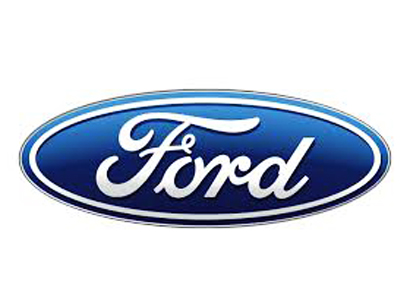Ford Motor Co plans to slash $14 billion in costs over the next five years, Chief Executive Officer Jim Hackett told investors on Tuesday, adding that the No. 2 U.S. automaker would shift capital investment away from sedans and internal combustion engines to develop more trucks and electric and hybrid cars, Reuters reported.
Hackett told investors that Ford will be open to more partnerships to spread the costs and risks of simultaneously developing new technology while still churning out profits from its legacy business of selling trucks and sport utility vehicles in North America. He cited a partnership with ride services company Lyft to develop technology to deploy self-driving cars.
Hackett, former CEO of office furniture maker Steelcase Inc, took the top post at Ford in May, after his predecessor Mark Fields was pushed out. At the time, Hackett promised investors a statement within 100 days as to how he would improve the “fitness” of Ford to compete as the auto industry becomes more digital, more electric and less wedded to selling one vehicle at a time to individuals.
Ford shares were little changed after hours as Hackett and other executives presented their outlook. Ford shares had risen 2 percent on Tuesday, up with other automotive stocks as the industry reported the highest sales pace in a dozen years.
Since taking over, Hackett has signed off on a series of moves, including a plan to shift production of Ford Focus compact cars from Michigan to China. He also hired a company outsider, Jason Luo, to lead Ford’s China business in China, the world’s largest car market. Ford is revamping operations there and looking to expand partnerships to get a stronger position in electric vehicles.
Some of Hackett’s plan indicated that Ford is playing catch up. For instance, Hackett said that by 2019, Ford plans to equip all U.S. models with built-in modems, and install mobile internet connections in 90 percent of global vehicles by 2020
Rival General Motors Co has been installing built-in mobile broadband connections in its U.S. vehicles since 2015 and now has about 7 million 4G LTE connected vehicles on the road today globally, a spokesman said on Tuesday.
Of the $14 billion in promised cost reductions at Ford over five years, $10 billion will come from material costs and $4 billion from reduced engineering costs, Hackett said.
“We have too much cost across our business,” Hackett said.
By 2022, Ford plans to cut spending on future internal combustion engines by a third, or about $500 million, putting that money instead into expanded electric and hybrid vehicle development, on top of $4.5 billion previously announced. Ford had already promised 13 new electric or hybrid vehicles within the next five years.
By 2030, Ford expects about a third of vehicles to be battery electric, a third hybrids and a third internal combustion.
GM on Monday said it planned to launch 20 new all-electric vehicles by 2023.
Ford’s profit margins fell short of its goal of 8 percent automotive operating margins in part because revenues fell short of expectations, while costs rose faster than expected, Hackett said. Ford’s automotive profit margin was 6.7 percent in 2016.
He said one way to cut costs will be to offer fewer variations of Ford’s models. The slow-selling Ford Fusion midsize sedan can now be ordered in 35,000 combinations of features, colors and powertrain options. The future model will come in just 96 combinations.
He said Ford also will cut the time it takes to engineer a new car by 20 percent, and invest in “factories of the future” that will occupy less space and use more robots.






